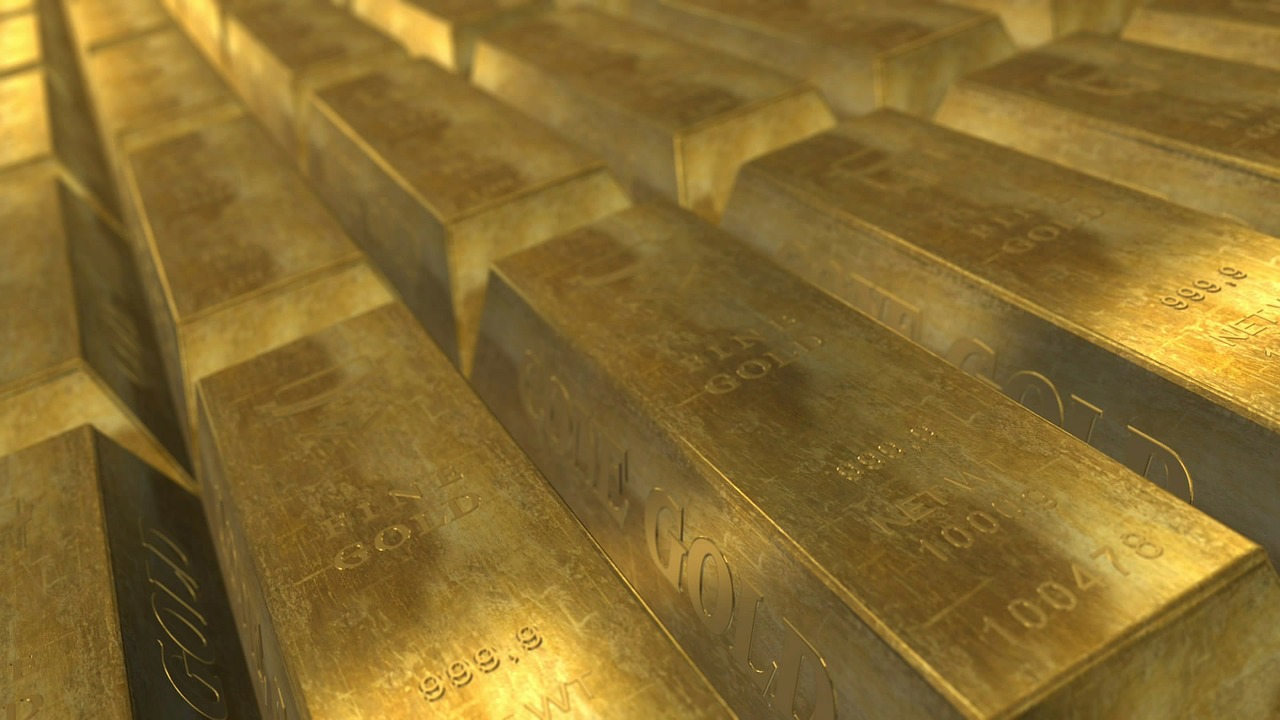Crédit Mutuel AM: Does the rise in gold reflect a short-term trend or a structural shift?
Crédit Mutuel AM: Does the rise in gold reflect a short-term trend or a structural shift?

Gold has been trending upwards since well before the investiture of President Trump. Indeed, central banks have been net buyers for fifteen consecutive years and have even exceeded 1,000 tonnes in net purchases for each of the past three years.
Emerging market central banks have contributed significantly to this trend with their de-dollarization efforts. Now, Trump’s tariff policy and ensuing political and economic risks (recession, inflation and systemic risks) have further accelerated this trend.
Gold ETFs are for the eleventh consecutive week on the rise and the precious metal has, for the first time, hit $3.300 per ounce (Source: Bloomberg, as at 16/04/2025). We believe that gold will continue to appreciate given widespread skepticism regarding the outcome of tariff negotiations, the US dollar and more generally US assets. At +25% year to date (Source: Bloomberg, as at 16/04/2025), the price of gold should remain on a positive trajectory.
What are the ramifications for gold mining companies?
Though gold prices directly impact a gold mining company’s revenues, profitability and valuation, the correlation is not perfect. However, when the price of gold increases quarter after quarter and the gold mining company controls its operating costs, profit margins can be enhanced.
Precious metal companies generate significant free cash flows that can be invested in organic and external growth as well as distributed to shareholders. With a current Price to NAV ratio of 1.1x (Source: Scotiabank, as at March 2025) for the precious metal mining sector (to be compared with the ten-year average of 0.93x and 2015 high of 1.7x), we believe that given strong sustained demand, there is still room for this metric to increase, especially for precious metal developers and smaller producers.








